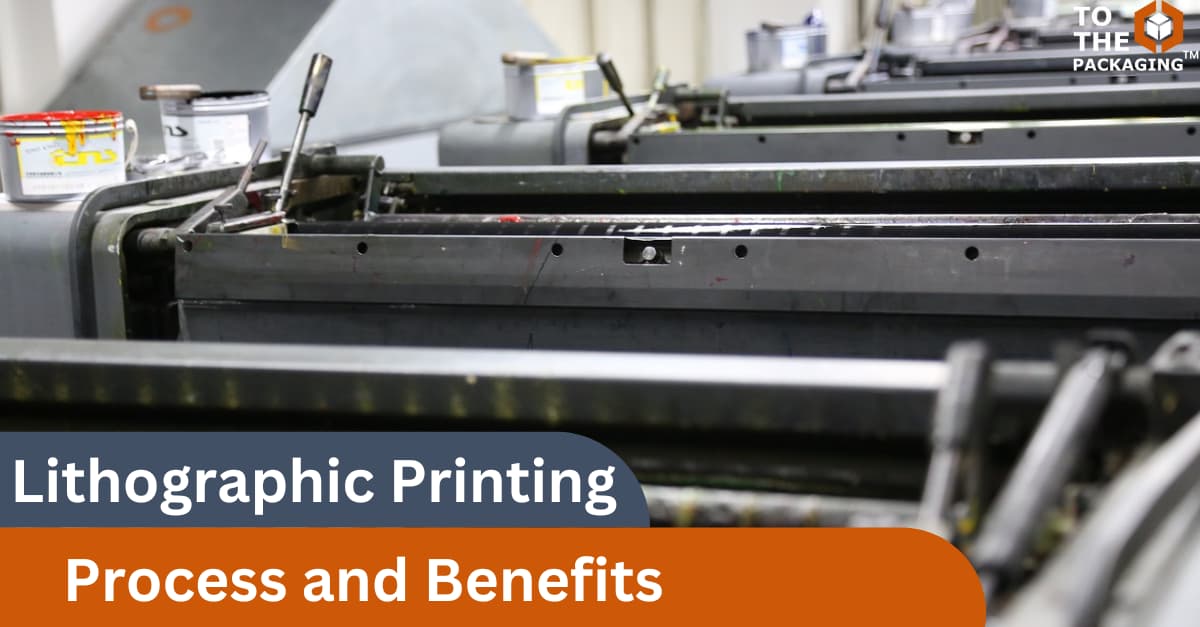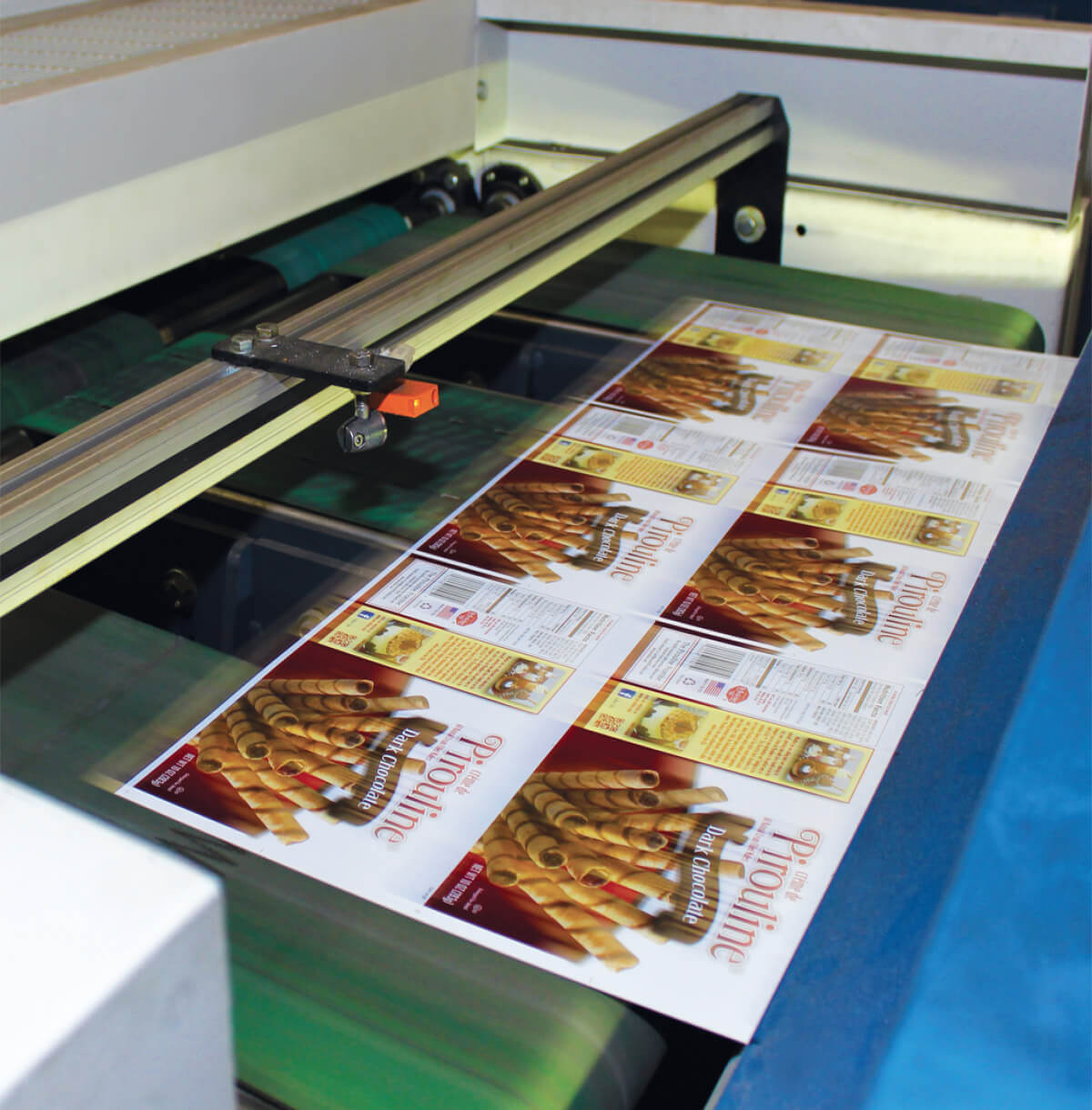litho printing vs Digital Printing: What to Know
litho printing vs Digital Printing: What to Know
Blog Article
A Comprehensive Overview to Understanding Litho Printing Methods
The world of litho printing, a method stemming from the late 18th century, is a remarkable blend of history, technology, art and scientific research. Keep with us as we journey right into the fascinating world of litho printing.
The Historic Development of Litho Printing
The historical trajectory of litho printing, a critical innovation in the realm of interaction, is a captivating tale of human ingenuity. Birthed in the late 18th century by Alois Senefelder, this strategy was initially an economical technique of releasing theatrical works. Lithography, derived from the Greek words for 'stone' and 'to write', made use of a smooth rock surface area to transfer images onto paper. The process developed with the introduction of the rotary press, which greatly boosted productivity (litho printing). In the 20th century, the technology of countered lithography reinvented the sector, permitting mass manufacturing of high-grade prints. Each phase of litho printing's development showcases humanity's relentless quest of effectiveness and top quality in visual communication.
Decoding the Scientific Research Behind Litho Printing Inks
Progressing in the expedition of litho printing methods, the emphasis now moves to the science behind litho printing inks. The structure of these inks, their drying out process, and shade mixing methods create the foundation of this complex art kind. Recognizing these aspects is essential to mastering the craft and achieving the wanted print results.
Make-up of Litho Inks
In lithographic printing, the basic duty of litho inks can not be overstated. The structure of litho inks varies depending on its function, but typically, they consist of two main parts - pigments and vehicles. Pigments, the color-providing aspects, are finely ground particles put on hold in the automobile, a fluid that brings the pigment onto the printing surface area. The lorry is an intricate mix of resins, solvents, and oils, which influence the ink's drying time, bond, and gloss. In addition, different ingredients are present to boost specific residential properties like flow, drying out, and resistance to environmental impacts. Each element plays a vital component in the last print's high quality, making the specific formula of litho inks a detailed science.
Ink Drying Refine
From the structure of litho inks, interest transforms to the interesting process of ink drying out. The drying process is important, as it influences the last print's top quality and durability. 2 main methods are utilized in litho printing: oxidative drying and absorption. Oxidative drying out entails the ink reacting with oxygen in the air to create a tough, dry movie. This technique offers a long lasting coating, but can be slower contrasted to absorption. Absorption, on the other hand, entails the ink seeping right into the paper fibers, which is a quicker process however can result in less dynamic colors. The choice between these methods depends on factors such as print rate demands, the paper type used, and the desired surface.
Shade Mixing Techniques
While the drying out procedure plays a key role in litho printing, the scientific research of shade mixing methods holds equivalent value. The science behind litho printing inks likewise takes into account the transparency of the ink, which impacts how colors overlay and mix.
The Art and Design Components in Litho Printing
Litho printing breathes life right into art and layout via its one-of-a-kind elements. The procedure includes creating a picture on a lithographic sedimentary rock plate or metal plate with a smooth surface area. The image is then printed onto a tool, generally paper, by transferring the ink from home plate. What sets litho publishing apart is its capacity to replicate complex designs with high integrity, making the output virtually identical to the original art work. This is accomplished through making use of various line techniques such as hatching, cross-hatching, and stippling, which allow for a variety of tonal impacts. In addition, litho printing fits a selection of colors, allowing musicians to create lively and dynamic prints. This mix of precision and versatility makes litho printing a favored option for lots of artists and developers.
Modern Applications of Litho Printing Methods
Litho printing strategies have discovered considerable use in the contemporary industrial field. Its influence and relevance remain to expand with the introduction of brand-new developments and technologies in the area. This area will check out these contemporary applications and the transformative function they play visit in the printing market.
Commercial Litho Printing Makes Use Of
In today's electronic age, one might question concerning the importance of traditional printing approaches. Litho printing stays a crucial component of the business industry. High-volume printing tasks, such as the manufacturing of books, newspapers, and product packaging, rely upon litho printing for its capacity to provide remarkable photo quality and price effectiveness. The procedure, which involves transferring an inked picture from a plate onto a rubber covering and then to the printing surface area, provides unparalleled uniformity. This makes it perfect for tasks calling for a huge print run. Litho printing also provides a broad color spectrum, above that of digital printing. This makes it the go-to option for tasks that require lively, premium color reproduction.
Innovations in Litho Printing
Pushing the borders of typical techniques, modern-day improvements have fueled a host of innovations in litho printing. These breakthroughs have not just enhanced the high quality and efficiency of litho prints but additionally broadened its application range. One prominent growth is electronic litho printing, which integrates the virtues of digital innovation with litho's top quality result. This crossbreed model offers faster setup times, decreased waste, and enables on-demand printing. An additional notable advancement is the intro of eco-friendly inks. These inks, made visit here from vegetable or soy-based solutions, have actually dramatically minimized the market's environmental influence. litho printing. Furthermore, the advancement of sophisticated plate modern technology has streamlined the printing procedure, causing sharper pictures and enhanced shade fidelity. These technologies highlight the enduring importance of litho printing in the modern globe.
Exploring the Refine of Litho Printing: Detailed

Difficulties and Solutions in Contemporary Litho Printing

Despite the accuracy and tradition that litho printing happily upholds, it is not without its collection of modern challenges. The most widespread issues include the high preliminary arrangement cost, problem in printing variable information, and ecological concerns because of chemical usage. However, check it out solutions are becoming innovation progresses. Digital litho printing enables economical brief runs and very easy customization, attending to the problem of variable information. Environmentally-friendly inks and more secure plate-making procedures mitigate environmental issues. Furthermore, improvements in automation have reduced labor costs, even more democratizing the lithography process. Hence, while there are difficulties, the litho printing market is proactively adapting to satisfy them head-on, ensuring its importance in the future.
Conclusion
In final thought, litho printing, with its rich background and scientific complexities, holds a substantial place in the print market. The future of litho printing hinges on its ability to adapt to these transforming demands, affirming its enduring value in a developing market.

Report this page